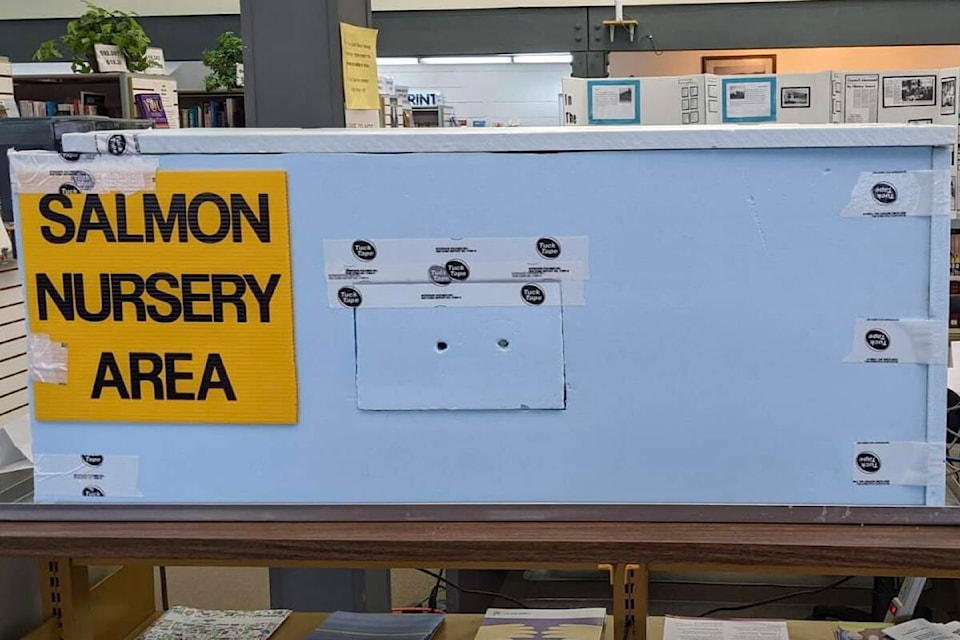The Prince Rupert Public Library announced a project that will bring new life to the stacks, quite literally. Coho salmon eggs will be making a new home in an aquarium at the library.
Chief librarian Joe Zelwietro encourages visitors to stop by and view the Salmon as they develop through three early life stages.
The fish will grow from egg to alevin to fry until they are ready to be released back into the Oldfield Creek Fish Hatchery next May.
“Salmon are a keystone species in the environment. Obviously, most people know them by eating them, but they’re not just for humans,” Zelwietro said.
He explained that other mammals, including bears and wolves, insects and even the forest rely on Salmon. He thinks it is essential for people to learn about the species because they are so integral to the community and surroundings.
While this is the first year the library is getting an aquarium, they have been in schools for decades through that hatchery’s Salmon in the Classroom program, said Beth Armstrong-Bewick, a volunteer with the Prince Rupert Salmonid Enhancement Society at the hatchery.
This year there are 11 aquariums in the program, nine stationed at schools in Prince Rupert School District (SD 52), one at Lax Kw’alaams school and one in the library.
Having an aquarium at the library means students can share what they are learning at school with their families. Staff will also be able to offer complimentary books for anyone interested.
Once the eggs arrive at the aquarium in the next couple of weeks, Armstrong-Bewick suggests interested observers should stop by and look at them. Then in January, they will become eyed (an eye spot becomes visible on the egg), so those unfamiliar with a salmon’s life cycle might want to take another peek.
“Probably around February or March, they’ll hatch and then things will start being a little more interesting,” she said.
Armstrong-Bewick said that the hatchery has been non-operational for over a year after a mudslide took out one of their water lines. However, the Salmon in the Classroom program has allowed them to keep raising Salmon.
“We figured, well we don’t have a hatchery, but we can do this.”
